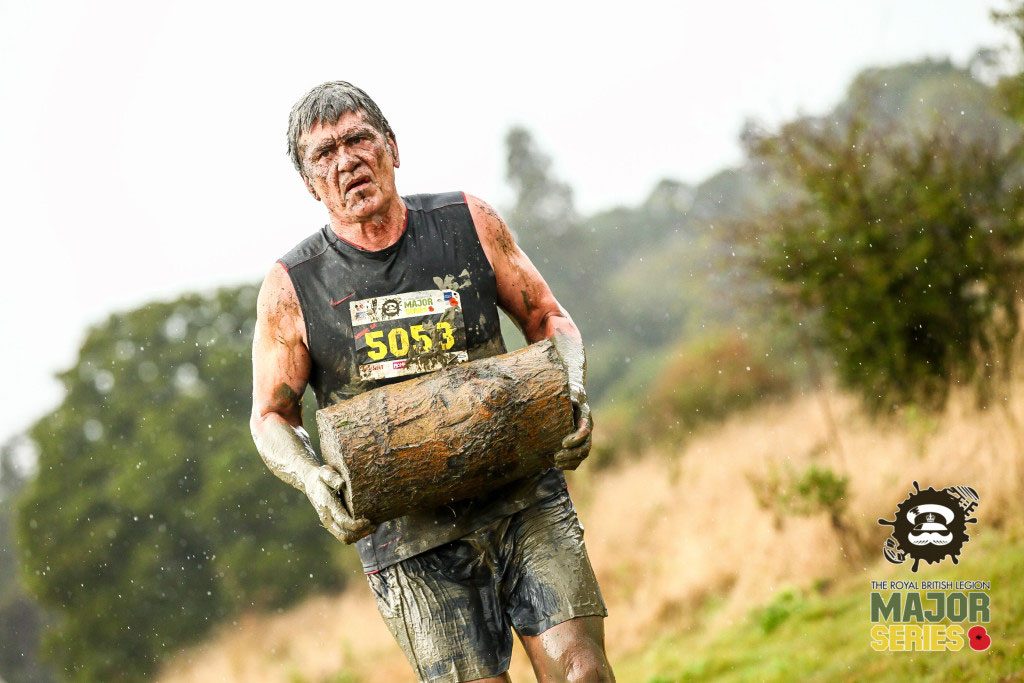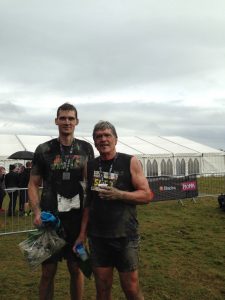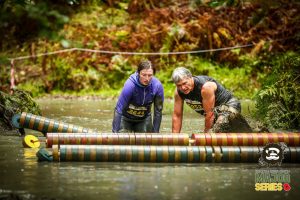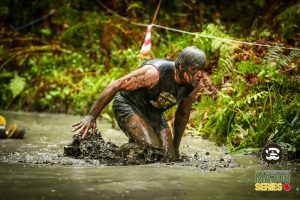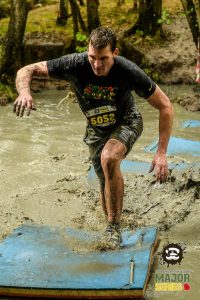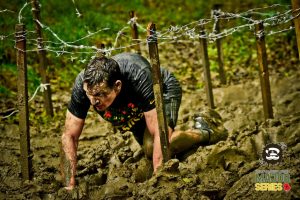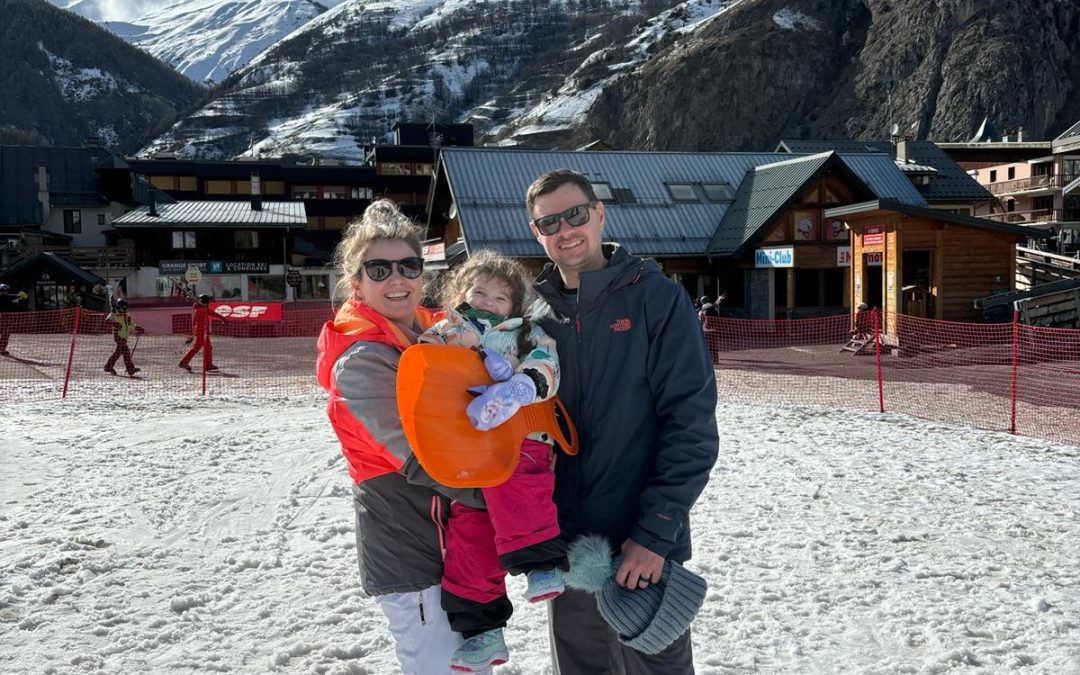I can remember how I jogged back home after tennis one beautiful sunny afternoon in the seventies in Wandsworth. More than one motorist hooted at me and indicated that they think I’m making a spectacle of myself. Later, in the early eighties, my neighbour in Highgate asked me more than once if I had a fever when I went jogging in the nearby Hampstead Heath.
Yes, in the seventies and eighties the British did not really focus on exercise, but things have changed drastically. If you thought we only have tea and scones here on “Mud Island”, then you are really misinformed. We started looking for something away from the relentless routine of the gym because we are always indoors. I did The Vitality British 10k London Run several times for Starfish, the South African HIV charity. But this time I began to research the endurance obstacle course races. I was surprised at how popular and widespread that sort of thing is nowadays.
The choice is very wide and at times almost a little intimidating. The Tough Guy, for example, requires prospective competitors to sign a death disclaimer and only 66% of participants manage to complete this very tough competition. The Tough Mudder is probably the most well-known of this type of event and looks formidable with the “Walk of Death” (a board across freezing water) and the so-called “Electroshock Therapy”. The Spartan races are held in many countries and their “Beast” consists of 26 obstacles over a distance of 20 km. The “Zombie Evacuation” has a very original theme: three “lives” are attached to your belt and you have to protect them from the “Zombies” (volunteers that constantly attack you). If you want to look further, there is the Nuclear Rush, the X-Runner, the Mighty Deerstalker, which is held at night in Scotland, and the Total Warrior in the beautiful Lake District.
Christiaan and I decided on the 5 km obstacle race offered by the Royal British Legion near Tunbridge Wells. It is part of their Major Series and the course is manned by soldiers. We had beautiful weather the entire week before the event, but when the red-letter dawned, it was cold, foggy and wet. On the way the cars had their lights on even though it was ten o’clock in the morning. When we arrived at Eridge Park, it was windy and a cool 12 °C. There was the usual mishmash of participants – some already muddy and very smug, others anxiously preparing themselves. When we move to the start, we could not help to notice that we were the only ones with normal PT shorts and a vest or T-shirt. The more experienced participants wore long-sleeved clothes and some also wore arm protectors and gloves for the ropes. I could see Christiaan shivering from the cold; my layer of fat helped me a little. The worst time is while you are waiting to get started, but the “sergeant-major” quickly led us through a jumping warm-up routine, which we welcomed. We all had tags attached to our running shoes, which means that your time is determined electronically, no matter where you start. It soon became clear that the mud was as slippery as an eel. No wonder, because it was raining the whole morning and almost a thousand participants were already ahead of us. I had a good idea what to expect, because one can see it on your computer, but it was much more muddy and slippery and wet than I expected. We once had to sail through the mud under barbed wire. In other places the muddy water was quite deep and dark and we had to wade through by the seats of our pants. The banks were so smooth after the hundreds of people who scuffled over before us that we sometimes had to struggle to get out of the creek. I slipped and fell six or seven times and was very grateful when I finished all the water obstacles. The climb over the bales and ropes against the A frame obstacle was actually a relative pleasure.
Afterwards we had something to eat and could warm up a bit in a big tent. Our greatest desire was just to get rid of the muddy clothes. There was no place to take a shower so we just put on dry clothes at the car and went home. To clean the clothes was a whole different story. That mud is a tough, smelly lot and cannot be rinsed out easily; we had to scrub our clothes and shoes repeatedly to get rid of it.
The two of us had surprisingly good results: Christiaan came in 10th out of 339 participants, and I, with my middle-aged body, 30th. Only four participants were older than 60. It was really worth it.

